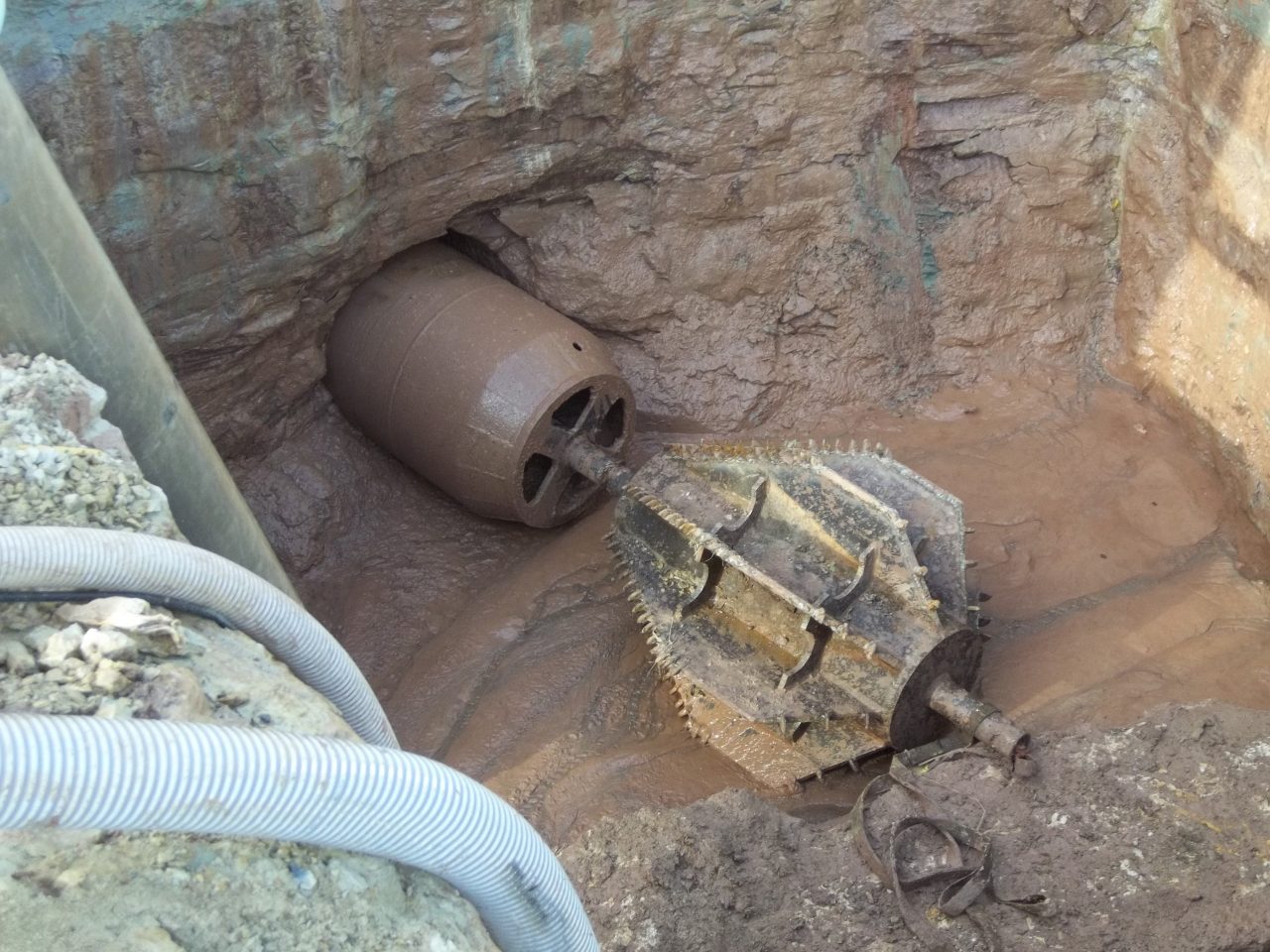The Kansas Department of Transportation has required that all utilities be constructed outside the influence of certain interchanges
The reconstruction of the intersection at K-18 highway and US-77 Highway fell under these new regulations. Due to very large sewers laid at minimal grade, the project involved very deep tunneling, casing and excavation in order to meet the requirements of several agencies.

